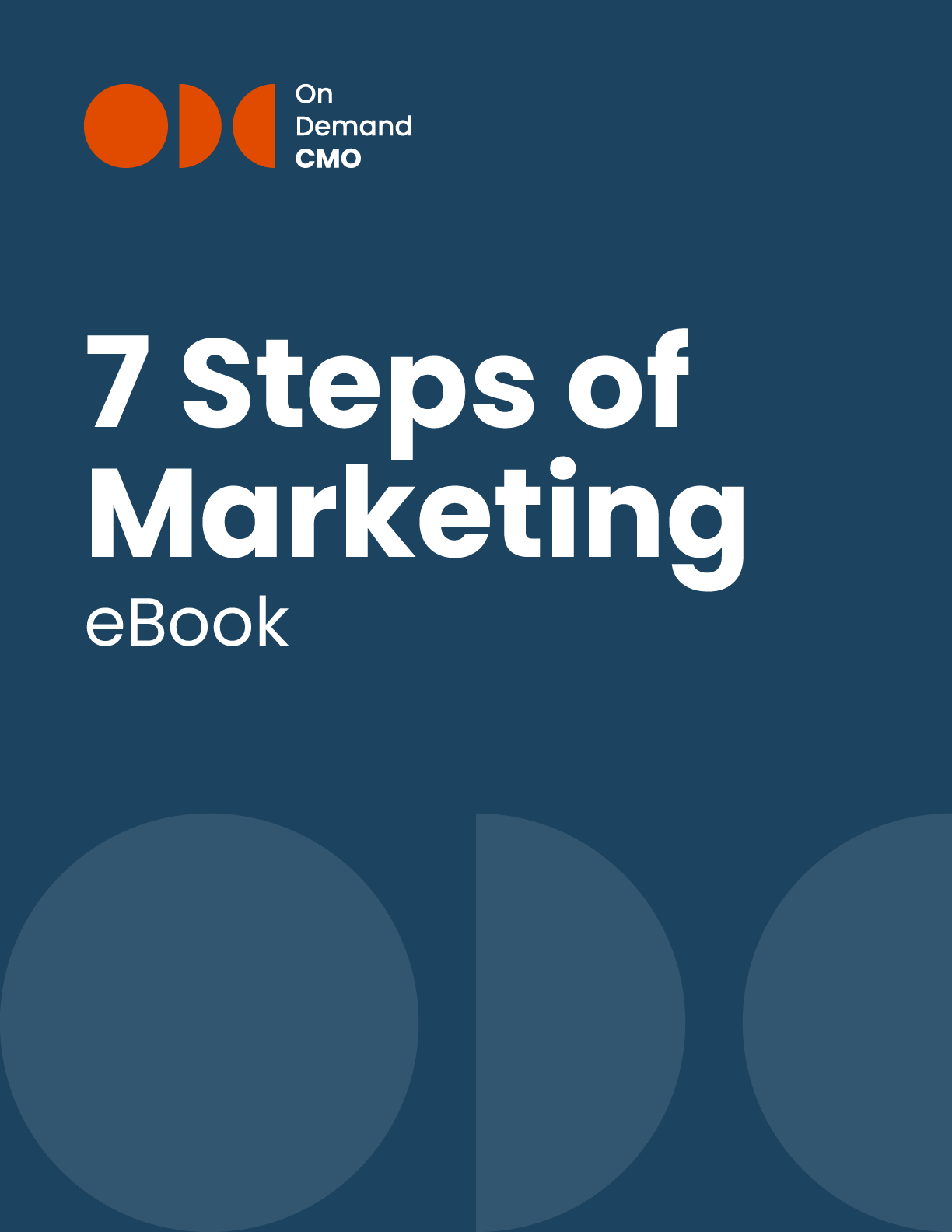
The other day I went shopping with my 16-year old niece. We have done this many times. She loves it because I am not her Mom, I am happy to have her friends along for the ride and she seems to value my opinion. But in this case, we never left the house, I never saw her friends and my opinion didn’t count for much.
Here’s what happened: a friend of my niece posted a photo of a dress she had just bought on Facebook. My niece saw it, loved it and followed the link from Facebook to the retailer’s site where she found something similar. She tweeted the link of her planned purchase to her friends, got some feedback, changed the color and made the purchase.
Hmmm. Seems like light years ago that we “went to the mall” to do all our shopping.
eCommerce is not new. We have been buying and selling online for years both in the consumer world and business-to-business. But my experience with my niece reminded me again of the sea change that’s occurring right now because of mobility, social media and the rise of the new generation of Millennials. And while the effects may be most pronounced right now in the world of consumer retailing, the implications extend to anyone doing marketing, whether it’s B2C or B2B.
For starters, the old fashioned buying/selling experience—seller targets buyer with promotion, buyer gets interested, compares options, kicks tires, makes purchase–is on the ropes in the B2C world and B2B is sure to follow. It’s never going to go completely away, but now that it’s multichannel for real it’s much less linear. We will look fondly on the days when we could calculate a clear percentage return on a direct marketing promotion.
It’s non-linear, but the power has definitely shifted. Multichannel gives sellers more access to buyers: at home, at work, on their mobile phone, on social media. etc. But buyers have more power. They can research , get recommendations, make recommendations and quickly spread the word. Millennial shoppers like my niece (born between 1982-2001) are a clear indication of the future: they will listen to their peers before anyone else.
What should marketers be doing. My suggestion may seen counter-intuitive, but here goes: get back to basics. Instead of focusing on all the new technologies, focus first on your customer. Yes, we all need to be multichannel. If you want to sell to my niece, you need to be online, you need to be mobile, you need to understand social media. But more than anything else, you need to understand her. While sellers see each channel as distinct, buyers see them as one.
My niece would be bowled over by the retailer who
I think any customer would be bowled over by this, whether they are buying dresses or widgets. Unfortunately we have all implemented different technologies, applications, processes and business practices that act as roadblocks to really understanding the customer.
Getting today’s “omni channel buyer” happy and brand loyal requires getting all of your marketing and channels working together. What are you doing differently today as a result of all of this?

OnDemandCMO has authored 7 Steps of Marketing, the only marketing guide book you’ll need to either get your marketing started properly, or stay on track strategically.
It features best practices on branding, messaging, social media, lead generation and much in between.
Please let us know who you are, and we'll share a few of our secrets (we don't sell or trade your info)!